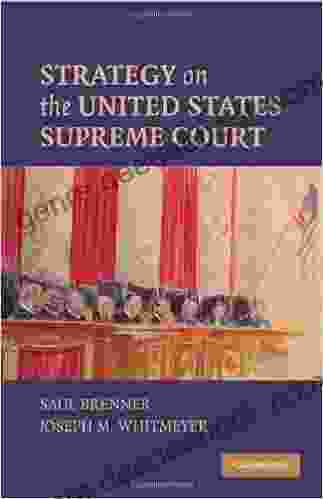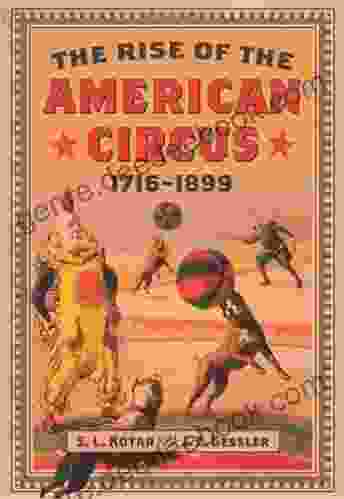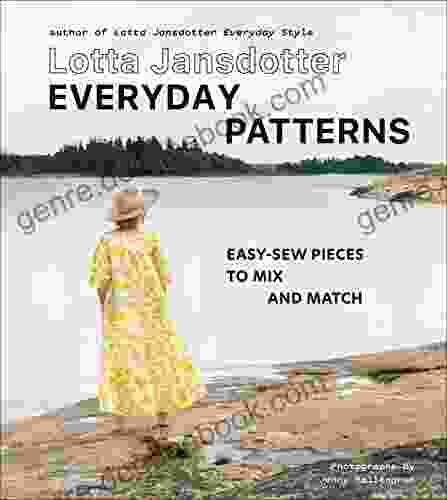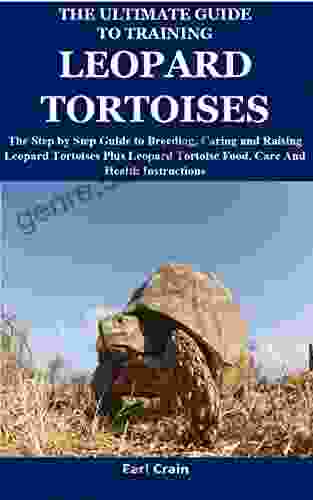Beginner's Guide to Simple Music Theory and Playing Chords to Any Song Quickly

Music is a beautiful and expressive art form that can be enjoyed by people of all ages and backgrounds. However, learning to play music can seem daunting, especially if you've never had any formal training. But don't worry, with a little patience and practice, anyone can learn to play basic chords and melodies on the guitar or piano.
In this beginner's guide, we'll cover the basics of music theory and show you how to play chords to any song quickly. We'll start with the basics of music notation and then move on to more advanced concepts like scales and chords. By the end of this guide, you'll be able to play your favorite songs with confidence.
4.7 out of 5
| Language | : | English |
| File size | : | 20603 KB |
| Text-to-Speech | : | Enabled |
| Screen Reader | : | Supported |
| Enhanced typesetting | : | Enabled |
| Word Wise | : | Enabled |
| Print length | : | 150 pages |
| Lending | : | Enabled |
Music Notation
The first step to learning music is to understand music notation. Music notation is a system of symbols that are used to represent musical sounds. These symbols include notes, rests, clefs, and key signatures.
Notes are the symbols that represent the different pitches of music. There are seven different notes: A, B, C, D, E, F, and G. Each note can be modified by a sharp (#) or flat (♭) sign, which raises or lowers the pitch of the note by a half step.
Rests are symbols that represent silence. There are different types of rests, each of which represents a different duration of silence. The most common rests are the quarter rest, the half rest, and the whole rest.
Clefs are symbols that indicate the range of pitches that a particular staff can display. The most common clefs are the treble clef and the bass clef. The treble clef is used for higher-pitched instruments, such as the violin and the flute, while the bass clef is used for lower-pitched instruments, such as the cello and the tuba.
Key signatures are symbols that indicate the key of a piece of music. The key of a piece of music determines which notes are used in the piece and which chords are most likely to be used.
Scales
Scales are a series of notes that are played in a specific order. Scales are used to create melodies and harmonies. There are many different scales, but the most common scales are the major scale and the minor scale.
The major scale is a scale that has a happy and uplifting sound. The notes of the major scale are:
* 1 - Root * 2 - Major Second * 3 - Major Third * 4 - Perfect Fourth * 5 - Perfect Fifth * 6 - Major Sixth * 7 - Major Seventh
The minor scale is a scale that has a sad and somber sound. The notes of the minor scale are:
* 1 - Root * 2 - Minor Second * 3 - Minor Third * 4 - Perfect Fourth * 5 - Perfect Fifth * 6 - Minor Sixth * 7 - Minor Seventh
Chords
Chords are a combination of three or more notes that are played together. Chords are used to create harmony and accompaniment. There are many different types of chords, but the most common chords are the major chord, the minor chord, and the seventh chord.
The major chord is a chord that has a happy and uplifting sound. The notes of the major chord are the root, the major third, and the perfect fifth.
The minor chord is a chord that has a sad and somber sound. The notes of the minor chord are the root, the minor third, and the perfect fifth.
The seventh chord is a chord that has a more complex sound than the major or minor chord. The notes of the seventh chord are the root, the major third, the perfect fifth, and the minor seventh.
Playing Chords
Now that you know the basics of music theory, you're ready to start learning how to play chords. The first step is to learn how to hold the guitar or piano correctly. Once you have a good grip on the instrument, you can start learning how to play the basic chords.
The most common chords are the major chords and the minor chords. To play a major chord, simply place your index finger on the root note, your middle finger on the major third, and your ring finger on the perfect fifth. To play a minor chord, simply place your index finger on the root note, your middle finger on the minor third, and your ring finger on the perfect fifth.
Once you've mastered the basic chords, you can start learning how to play more complex chords, such as seventh chords and extended chords. You can also start learning how to play different strumming patterns and fingerpicking techniques.
Learning to play music is a rewarding experience that can bring joy to your life. With a little patience and practice, anyone can learn to play basic chords and melodies on the guitar or piano. So what are you waiting for? Grab your instrument and start learning today!
4.7 out of 5
| Language | : | English |
| File size | : | 20603 KB |
| Text-to-Speech | : | Enabled |
| Screen Reader | : | Supported |
| Enhanced typesetting | : | Enabled |
| Word Wise | : | Enabled |
| Print length | : | 150 pages |
| Lending | : | Enabled |
Do you want to contribute by writing guest posts on this blog?
Please contact us and send us a resume of previous articles that you have written.
 Book
Book Novel
Novel Page
Page Chapter
Chapter Text
Text Genre
Genre Reader
Reader Library
Library Paperback
Paperback E-book
E-book Newspaper
Newspaper Paragraph
Paragraph Sentence
Sentence Shelf
Shelf Glossary
Glossary Synopsis
Synopsis Footnote
Footnote Scroll
Scroll Codex
Codex Tome
Tome Bestseller
Bestseller Biography
Biography Autobiography
Autobiography Memoir
Memoir Narrator
Narrator Character
Character Card Catalog
Card Catalog Archives
Archives Periodicals
Periodicals Study
Study Lending
Lending Journals
Journals Rare Books
Rare Books Special Collections
Special Collections Study Group
Study Group Dissertation
Dissertation Awards
Awards Reading List
Reading List Book Club
Book Club Textbooks
Textbooks Brian Wolfe
Brian Wolfe Sivasailam Thiagarajan
Sivasailam Thiagarajan Marco Bevolo
Marco Bevolo Christina C Jones
Christina C Jones Orlando Patterson
Orlando Patterson Betty Neels
Betty Neels David R Ross
David R Ross S L Kotar
S L Kotar Ilya Budraitskis
Ilya Budraitskis Dac Nhuong Le
Dac Nhuong Le Betsy Byars
Betsy Byars Bill Hezlep
Bill Hezlep Donald Jeffries
Donald Jeffries Elisa S Amore
Elisa S Amore Garland Coulson
Garland Coulson Marcia Coyle
Marcia Coyle Sherry Thomas
Sherry Thomas Erika Grey
Erika Grey Bradley Gerstman
Bradley Gerstman Sabrina Devonshire
Sabrina Devonshire
Light bulbAdvertise smarter! Our strategic ad space ensures maximum exposure. Reserve your spot today!

 Isaiah PowellA Comprehensive Guide to AQA Level Politics: An In-Depth Exploration of Key...
Isaiah PowellA Comprehensive Guide to AQA Level Politics: An In-Depth Exploration of Key...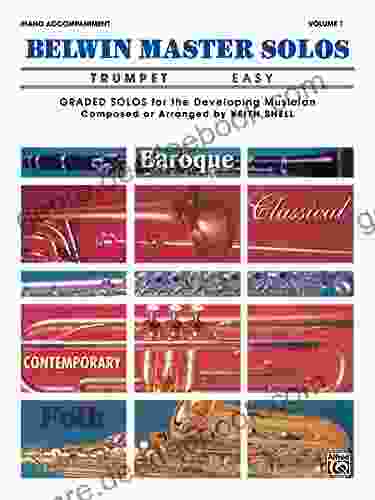
 Zadie SmithBelwin Master Solos Trumpet Easy Volume Piano Accompaniment: A Comprehensive...
Zadie SmithBelwin Master Solos Trumpet Easy Volume Piano Accompaniment: A Comprehensive... Roberto BolañoFollow ·6.1k
Roberto BolañoFollow ·6.1k Michael SimmonsFollow ·13.5k
Michael SimmonsFollow ·13.5k Jack LondonFollow ·2.9k
Jack LondonFollow ·2.9k Graham BlairFollow ·15.7k
Graham BlairFollow ·15.7k August HayesFollow ·11.4k
August HayesFollow ·11.4k Derek CookFollow ·5.3k
Derek CookFollow ·5.3k Quentin PowellFollow ·14.3k
Quentin PowellFollow ·14.3k Emmett MitchellFollow ·13.7k
Emmett MitchellFollow ·13.7k
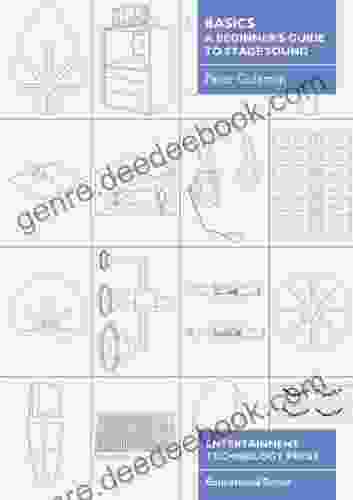
 Rodney Parker
Rodney ParkerBasics Beginner Guide To Stage Sound
Start with a good source. The...

 Glenn Hayes
Glenn HayesKiwi in the Realm of Ra: Exploring the Mystical Kiwi...
Origins and...

 John Grisham
John GrishamAdvances In Marine Biology Volume 71
Unveiling the Hidden Wonders...
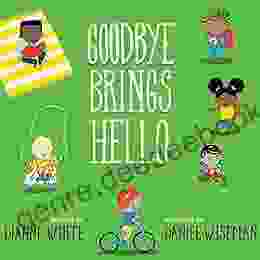
 Edison Mitchell
Edison MitchellGoodbye Brings Hello: Embracing the Transformative Power...
In the tapestry of life, endings...
4.7 out of 5
| Language | : | English |
| File size | : | 20603 KB |
| Text-to-Speech | : | Enabled |
| Screen Reader | : | Supported |
| Enhanced typesetting | : | Enabled |
| Word Wise | : | Enabled |
| Print length | : | 150 pages |
| Lending | : | Enabled |




